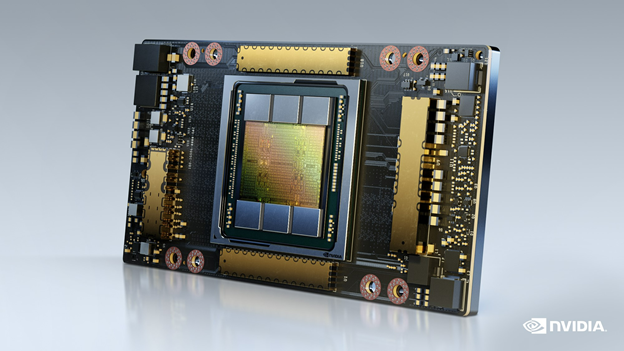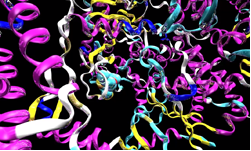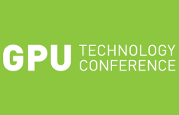Starting on October 5-9, This fall’s GTC will run continuously for five days, across seven time zones. The conference will showcase the latest breakthroughs in HPC, and many other GPU technology interest areas.
Attend live events in the time zone that works best for you, or browse an extensive catalog of on-demand content showcasing innovative uses of HPC technology.
Here’s a preview of some of the HPC content we’re working on for GTC.
Accelerating the Path to Scientific Discovery with NVIDIA Ampere GPU Architecture: Researchers are fusing traditional simulations with deep learning, big data analytics, and streaming edge-computing to solve the mysteries of the world around us. We’ll provide real-world examples and demos showcasing how the scientific community is leveraging the NVIDIA Ampere GPU architecture to accelerate the path to scientific discovery.
The Summit Supercomputer as a Virtual Drug Discovery Laboratory for COVID-19: Learn about the end-to-end in silico structure and cheminformatics-based drug discovery pipeline for the screening of two billion drug candidates on the Summit supercomputer. This pipeline was created in response to the COVID-19 pandemic and was used to screen small-molecule compounds for ability to bind to the SARS-CoV-2 main protease. The results are in experimental testing phases.
How to Build A Time Machine for Drug Discovery with a Universal Computing Infrastructure: We’ll discuss NVIDIA DGX SuperPOD – an AI and HPC infrastructure – detailing new features, architecture design, and performance benchmarks for intensive healthcare and life science workloads. As research and clinical healthcare organizations formulate and implement AI strategies, they must plan for the proper AI compute infrastructure.
DLI Hands-on Training: Fundamentals of Accelerated Computing with CUDA Python: This course explores how to use Numba—the just-in-time, type-specializing Python function compiler—to accelerate Python programs to run on massively parallel NVIDIA GPUs.
Accelerating Storage with Magnum IO and GPUDirect Storage: We’ll explain GPUDirect Storage, which enables a direct data path between local storage and GPU memory for I/O-bound workflows that first touch data from storage on the GPU. It eliminates the delays and bottlenecks introduced by going through a CPU and rids the need to fit datasets into local memory for accelerated computing on GPUs. We’ll explain the technology, show how it fits under the Magnum IO umbrella, share results with multi-x speedups across several application domains, and introduce partners as we approach product launch.
HPC at the Speed of Light: The heart of a supercomputer is the network that connects the compute elements together, enabling parallel and synchronized computing cycles. InfiniBand interconnects the world’s leading supercomputers today and, being a standard-based interconnect, it enjoys the continuous development of new capabilities, better performance, and scalability. InfiniBand’s high-speed data throughput, extremely low latency, and smart in-network computing engines enable faster and more scalable data analysis. Learn about the InfiniBand in-network computing technology and performance results from TOP500 supercomputing systems. The network road to exascale starts here.
A Deep Dive into the Latest HPC Software: A deep dive into the latest developments in NVIDIA software for HPC applications, including a comprehensive look at what’s new in programming models, compilers, libraries, and tools. This talk will cover topics of interest to HPC developers, targeting traditional HPC modeling and simulation, HPC+AI, scientific visualization, and high performance data analytics.
“Are We There Yet?” — Utilizing AI and Physics for SARS-CoV2 Drug Design and Discovery: Wondering how the latest supercomputer at Argonne National Laboratory is expediting the race in finding treatments for the SARS-CoV2 virus? Using machine learning, deep learning, and AI, Argonne’s researchers have created an ecosystem of open source AI/ML tools and conventional physics-based simulations that can accelerate timely response for treating such pandemics. The outputs from its physics-based models are used iteratively to improve the prediction capabilities of Argonne’s AI/ML approaches, thus successively improving the overall yield of drug candidates that can be refined further using biochemical and biological assays. Learn how this integrated approach can be a game-changer in improving the overall drug design and discovery process for emerging pandemics.
See all of the HPC sessions here.










